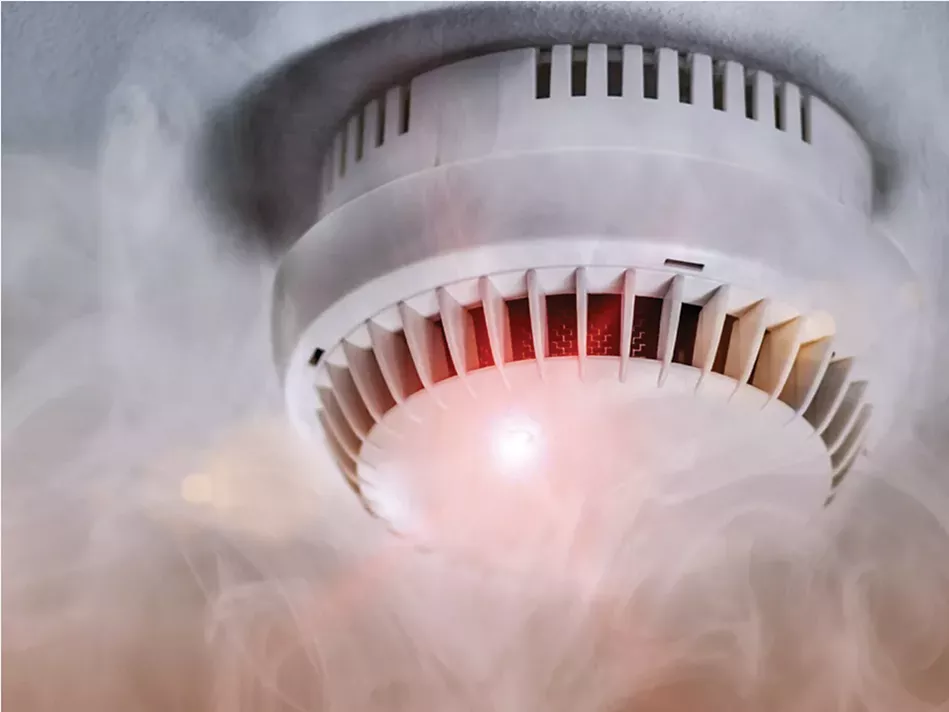A helpful rule of thumb is to practice smoke alarm maintenance when Daylight Saving Time rolls around—which happens to be today! Isn’t that convenient? It also makes it easy to remember when you changed them last.
Most homeowners know the frustration of their smoke detector chirping when the batteries get low, but that annoying noise could save your life! One study reported by the National Fire Protection Association found that 60% of all house fire deaths happen in homes with either no smoke alarms or no working smoke alarms.
To help ensure your home is providing better fire safety–and to stop those chirps from happening – make sure your smoke alarms are working by using these helpful tips that can help ensure a safer home.
Smoke detector checklist
There are a few main things to keep in mind when practicing good home fire safety. By learning about the kind(s) of detectors you have and using this smoke detector checklist, you can sleep soundly knowing that they’re working as they should.
Make your home safer with combination smoke detectors
Did you know there are combination smoke detectors for smoke and carbon monoxide? Save some ceiling space by installing one life-saving device that detects both. Install at least one on every floor of your home, preferably adding one to each bedroom as well.
Use the right smoke detector location
A smoke detector’s location will determine its ability to work well, potentially saving your life. Putting your smoke or combination detector near ceiling or wall corners can create air pockets that prevent your alarm from sensing problems. That’s why it’s best to install your smoke detectors at least four inches away from any cornered area.
Ideally, you should put your smoke detector in one of the following areas (listed from most to least effective):
- In the center of flat ceilings
- At least four inches from the cross section of a peaked ceiling
- On a wall, at least four inches from the ceiling (to avoid the air pocket)
Change your smoke detector batteries and clear any dust
Now is a great time to change your smoke detectors’ batteries. While you’re doing so, take a moment to vacuum away any excess dust that has built up, so it can work efficiently. Lastly, if you’re painting the wall or ceiling your detector is installed on, avoid getting any paint on your device, as it could block its sensors and make it work less efficiently—or stop working altogether.
Practice regular smoke alarm maintenance
To make routine smoke alarm maintenance a breeze, remember the sequence 1-2-10 for the steps below:
- 1—Test your smoke detectors every month
- 2—Change the batteries twice a year, even if they aren’t chirping
- 10—Replace the detectors every 10 years
Safety isn’t just for fire detection; it’s for everyday life!

